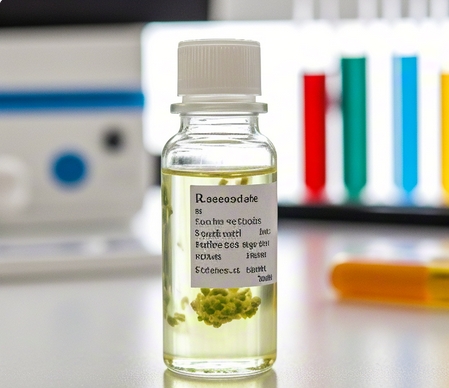
News and Blogs
Microbial sample preservation technology aims to maintain strain activity and stabilize its genetic properties. During laboratory operations and subculture, bacterial strains are susceptible to contamination, gene drift or even inactivated, resulting in bacterial strain degeneration. The core goal of this technology is to enable microorganisms to enter a dormant state by controlling the metabolic rate, thereby achieving long-term stable storage of bacterial species.
The current mainstream preservation scheme includes seven technical systems:
Glycerol low temperature preservation system
By preparing a 50% glycerol-normal saline mixture, mix it with the bacterial solution in a 1:1 ratio and aliquot it to the frozen tube to ensure that the final glycerol concentration is controlled in the range of 20%-30%. Transferring the sample to an ultra-low temperature environment of -80℃ can achieve effective preservation of bacteria for more than 2 years. During resuscitation, rapid thawing was used to use a 37℃ water bath, which has the advantages of ease of operation and genetic stability.
Inclined gradient preservation scheme
The purified bacterial species are inoculated in the inclined medium. Under the condition of refrigeration of 4°C, the bacteria need to be passed on every month, the yeast is transferred every month, and the passage period of orogenic microorganisms can be extended to 4 months. Although the equipment needs are simple, repeated passages can easily cause phenotypic mutations and there is a risk of dehydration of the culture medium.
Semi-solid puncture technology
Select trait transport medium to form a three-dimensional growth space through vertical puncture and inoculation. This solution slows down metabolic speed through physical isolation, needs to be maintained in combination with regular passages, and is suitable for short-term bacterial strain preservation.
Liquid isolation and preservation method
covering the surface of mature bevel cultures with sterile liquid paraffin, constructing an oxygen-deficient microenvironment and inhibiting moisture evaporation. The survival period of bacterial strains can be extended to 1–2 years in upright storage mode, which is especially suitable for laboratory scenarios without ultra-low temperature equipment.
Emerging ceramic bead preservation systems innovatively use porous carrier technology. 12 frosted ceramic beads were placed together with bacterial suspension in a cryogenic tube to achieve uniform distribution of microbial samples through surface adsorption effect. When frozen, the protective liquid film on the surface of the porcelain beads can effectively buffer freeze-thaw damage. When resuscitation, a single porcelain bead can quickly start culture, significantly improving the efficiency of strain management. For strict anaerobic strains, special storage liquids and vacuum packaging systems can also be equipped with reducing agents.
All preservation techniques follow three principles: the optimization of stable genetic type (spore/spore morphology), the construction of a low metabolic environment (low temperature/drying/hypoxia), and the ensuring biological purity. Among them, the refrigeration tubes, as standardized storage containers, play a key role in ultra-low temperature systems. Researchers need to select an appropriate microbial sample preservation strategy based on the strain characteristics, usage frequency and equipment conditions.






